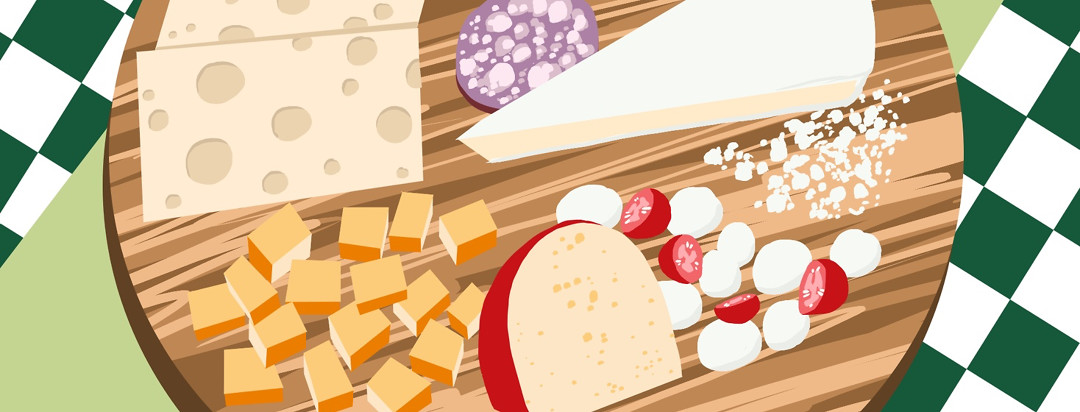Watching Out for Sodium
Have you ever heard the word comorbidity? It’s long and big but essentially means that a person has two or more chronic conditions occurring at the same time. Unfortunately, type 2 diabetes has a few common comorbidities such as hypertension. And if you are struggling with that on top of your diabetes, you know how difficult it can be to manage.
Often, when a patient is diagnosed with hypertension, the doctor will prescribe a low sodium diet as well as medication to help manage it. “The American Heart Association recommends no more than 2,300 milligrams (mg) a day and moving toward an ideal limit of no more than 1,500 mg per day for most adults. Because the average American eats so much excess sodium, even cutting back by 1,000 milligrams a day can significantly improve blood pressure and heart health.”1
What is sodium?
Sodium is another word for salt. When looking at a nutrition label on the package of your food, the salt content will be under the word sodium. The label will provide information on the amount of sodium in milligrams per serving, as well as the percent daily value. This will help you to better calculate your sodium intake if your healthcare professional places you on a low sodium diet.
What foods have high amounts of sodium?
A good rule to remember is that if a food has been packaged or processed, it is most likely high in sodium. This is because salt helps food keep for longer without spoiling.
Here are some examples of high sodium foods.
- chips, crackers, and pretzels
- canned soups and meats
- frozen meals
- spaghetti sauces
- cured meats such as bacon and sausage
- condiments such as ketchup, mustard, salad dressing and pickles
- cheese
- boxed meals such as macaroni and cheese or Hamburger Helper ®
How to lower sodium in your diet
You may feel like this list includes a lot of your favorite or most consumed foods. Eating a low sodium diet takes more thought and meal planning.
Here are some tips on lowering your sodium intake.
- Make your own salad dressing
- Eat fresh produce as often as possible
- Make your own spaghetti sauce
- Do not add extra salt to foods at the table
Making these changes may help lead to lower blood pressure and better health. You may find that you are really missing the salt flavor at your meals. It may take some time for your taste buds to adjust but do not give up! There are plenty of other herbs and spices to try such as Mrs. Dash ®, basil, dill and even sliced up a raw onion. If you have specific questions about your diet or sodium intake, please discuss them with your physician.

Join the conversation